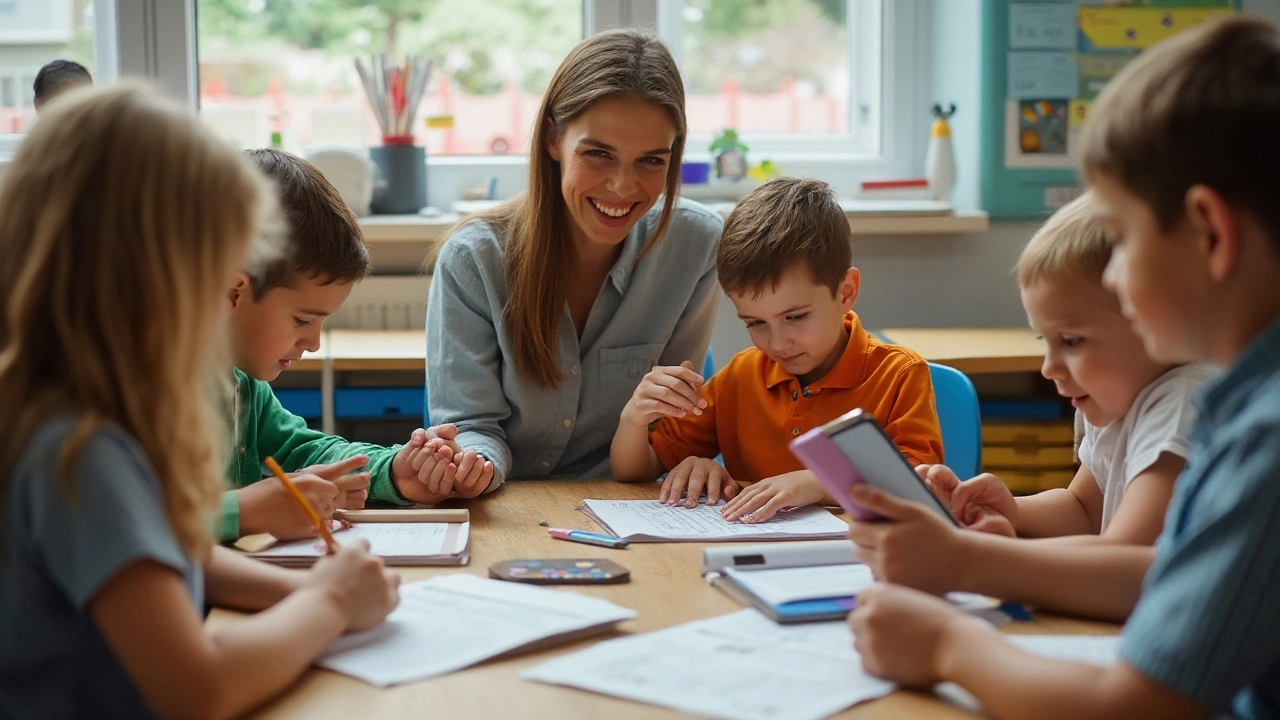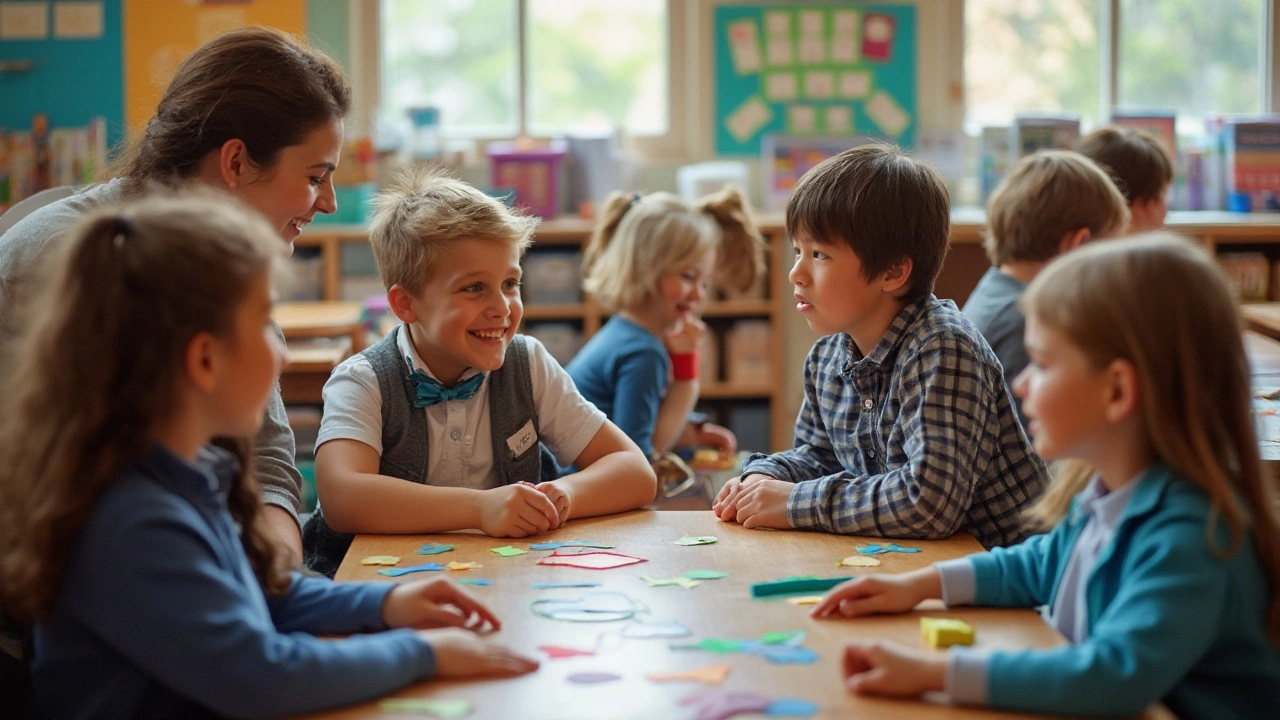Special Education Resources: Practical Tips for Parents, Teachers, and Learners
If you’re looking for straight‑forward help with special education, you’ve come to the right place. This page gathers the most useful ideas from our recent articles, so you can quickly find what you need – whether it’s learning polite terms, spotting common needs, or creating an inclusive classroom.
Understanding Common Special Educational Needs
Most kids with special educational needs (SEN) fall into a few familiar groups: autism, ADHD, dyslexia, and other learning disabilities. Each shows up differently – a child with ADHD might fidget a lot, while a dyslexic learner could struggle with reading aloud. Knowing the signs lets you act early, and early help usually means better progress.
Our guide on "Most Common Special Educational Needs" breaks down each condition in plain language. You’ll get a quick checklist of behaviours, practical classroom tweaks, and home‑support ideas. For example, using visual schedules can calm a child with autism, while allowing short movement breaks helps ADHD learners stay focused.
Practical Ways to Support Inclusive Learning
Inclusion isn’t just a buzzword; it’s about giving every student a fair chance to learn. Start by using respectful language – our article "Polite Terms for Special Needs" lists the words that feel supportive in 2025. Swapping outdated phrases for terms like "learner with dyslexia" or "student on the autism spectrum" makes a big difference.
Next, adjust the learning environment. Simple changes like larger text, extra time on tests, or recording lectures for later review can boost confidence. Pairing students for peer tutoring works wonders – the tutor reinforces their own knowledge while the learner gets one‑on‑one support.
Technology also helps. Speech‑to‑text apps, audiobooks, and colour‑coded worksheets give extra layers of accessibility. Most schools already have these tools; ask your teacher how to get access, or explore free versions online.
Finally, keep communication open. Regular check‑ins with teachers, therapists, and the child themselves create a feedback loop. When you notice a strategy that works, share it; when something isn’t helping, speak up early. This habit builds a partnership that drives steady improvement.
Whether you’re a parent juggling homework help, a teacher planning lessons, or a learner wanting to understand your own needs, the resources here are built for quick, real‑world use. Dive into the linked articles for deeper tips, and remember: small, consistent changes add up to big results in special education.
-
25
- 0
Learning disabilities are diverse neurological conditions that impact how students process information. They are not indicative of a person's intelligence but rather the brain's unique wiring. This article delineates seven specific types of learning disabilities. It provides insights into how these conditions affect learning and offers practical tips for parents and educators to support children in maximizing their potential. Read more
-
2
- 0
Special education addresses a range of disabilities, each with unique challenges and opportunities for learning. The most common disabilities include learning disabilities, speech or language impairments, and emotional disturbances. By understanding these conditions more deeply, educators and parents can tailor their approaches to support children effectively. The article explores key disabilities and offers practical tips for fostering an inclusive learning environment. Read more
Tags Weight
- education
- exam preparation
- study tips
- adult education
- online courses
- adult learning
- lifelong learning
- distance learning
- GCSE revision
- online education
- private tutoring
- special needs education
- scholarships
- remote learning
- scholarship tips
- financial aid
- international students
- effective learning
- e-learning
- education funding


